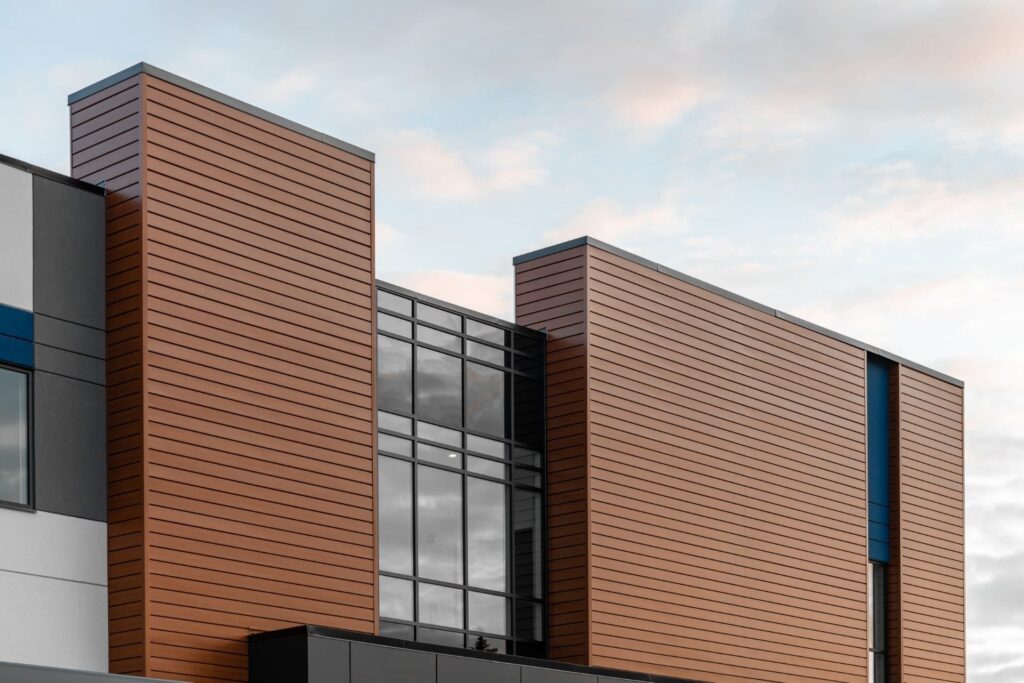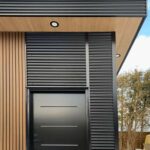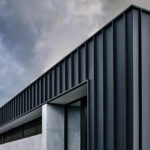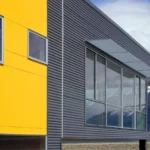In the world of architecture, panels have emerged as versatile design elements that transcend conventional boundaries. These architectural panels, available in various materials and finishes, have redefined the way we perceive and interact with built environments. From aesthetic enhancements to functional innovations, this comprehensive blog delves into the myriad of Panel Applications in Architecture in contemporary architecture, unveiling the transformative impact they bring to our surroundings.
1. Exterior Cladding: Form Meets Function:
Architectural panels are often employed as exterior cladding materials, enhancing the visual appeal and durability of buildings. Materials such as aluminum, composite panels, and fiber cement offer endless design possibilities, from sleek and modern facades to traditional and textured finishes.
2. Interior Wall Coverings: A Canvas for Creativity:
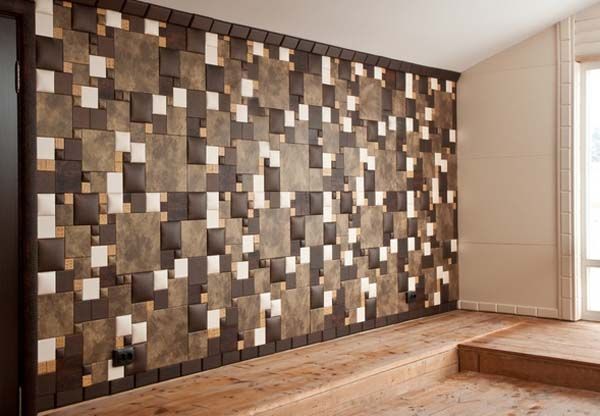
Architectural panels grace interior spaces as decorative wall coverings. Their versatility in materials and finishes allows designers to create captivating feature walls, textured backdrops, and three-dimensional installations that add depth and character to interiors.
3. Ceiling Design: Elevating Overhead Spaces:
Architectural panels take center stage in ceiling design, offering a seamless transition between walls and overhead spaces. Suspended panels, acoustic panels, and coffered ceilings not only enhance aesthetics but also improve sound insulation and overall comfort.
4. Room Dividers: Partitioning with Style:
Architectural panels serve as elegant room dividers, creating flexible spaces that can adapt to changing needs. These panels offer privacy without sacrificing visual connectivity, making them ideal for modern offices, hotels, and homes.
5. Furniture and Millwork: Functional Artistry:
Architectural panels are integrated into furniture and millwork, blurring the lines between form and function. They can be crafted into unique cabinetry, countertops, and shelving, infusing spaces with bespoke craftsmanship.
6. Signage and Wayfinding: Navigating Spaces with Clarity: Architectural panels
Architectural panels find application in signage and wayfinding systems. They can be engraved, etched, or printed with signage and directional information, creating a cohesive and visually appealing navigation experience.
7. Panel Applications in Architecture: Sustainable Design: Eco-Conscious Applications:

Eco-friendly architectural panels made from recycled or renewable materials contribute to sustainable design. Solar panels integrated into building facades or roofing provide renewable energy solutions, enhancing both aesthetics and environmental responsibility.
8. Privacy Screens: Balancing Openness and Seclusion:
Architectural panels offer privacy solutions without obstructing light and airflow. They are often used in outdoor spaces as privacy screens, balcony dividers, and patio enclosures, creating intimate and comfortable environments.
9. Art Installations: Transforming Spaces with Art:
Architectural panels serve as canvases for art installations that transcend traditional mediums. These installations challenge perceptions, ignite creativity, and transform public spaces into immersive art experiences.
10. Historic Restoration: Preserving the Past:
Architectural panels are instrumental in historic restoration projects. They enable the replication of intricate details and architectural features, ensuring that the essence of historical buildings is preserved for generations to come.
11. Acoustic Solutions: Soundscaping for Comfort:
Acoustic architectural panels are engineered to optimize sound quality within spaces. They are utilized in theaters, auditoriums, offices, and restaurants to create acoustic comfort without compromising aesthetics.
12. Facade Innovations: Shaping Modern Skylines: Panel Applications in Architecture
Architectural panels play a pivotal role in modern facade innovations. They are designed to optimize energy efficiency, daylighting, and ventilation, contributing to sustainable and visually striking building exteriors.
What are architectural metal panels?
Architectural metal panels are a type of exterior siding that is generally used on large commercial and high-rise buildings.
Where are panels used?
The panels were not confined to just the walls of a room but were used to decorate doors, frames, cupboards, and shelves also. It was standard for mirrors to be installed and framed by the carved boiseries, especially above the mantelpiece of a fireplace.
Why are panel applications in architecture used?
Researchers commonly use panel data to conduct studies on various topics involving quantitative data, which is data in the form of numbers. The data can predict trends, provide correlations and allow researchers to pursue many other forms of data analysis.
What is structural panel vs architectural panel?
Structural panels are commonly applied to low slope applications over open framing, and architectural panels are normally for steeper slope applications with a solid substrate. Two other terms commonly used to describe structural and architectural panels are hydrostatic and hydrokinetic.
Architectural panels have transcended their traditional roles, emerging as integral components in contemporary architecture. Their applications span from the functional to the artistic, from sustainable solutions to historic preservation. By exploring the diverse possibilities that architectural panels offer, architects and designers shape environments that not only captivate the eye but also enhance comfort, functionality, and sustainability. As we witness the ongoing evolution of architectural panels, one thing remains clear: they are the canvas upon which modern architectural masterpieces are brought to life, transforming the way we perceive and inhabit our world.

